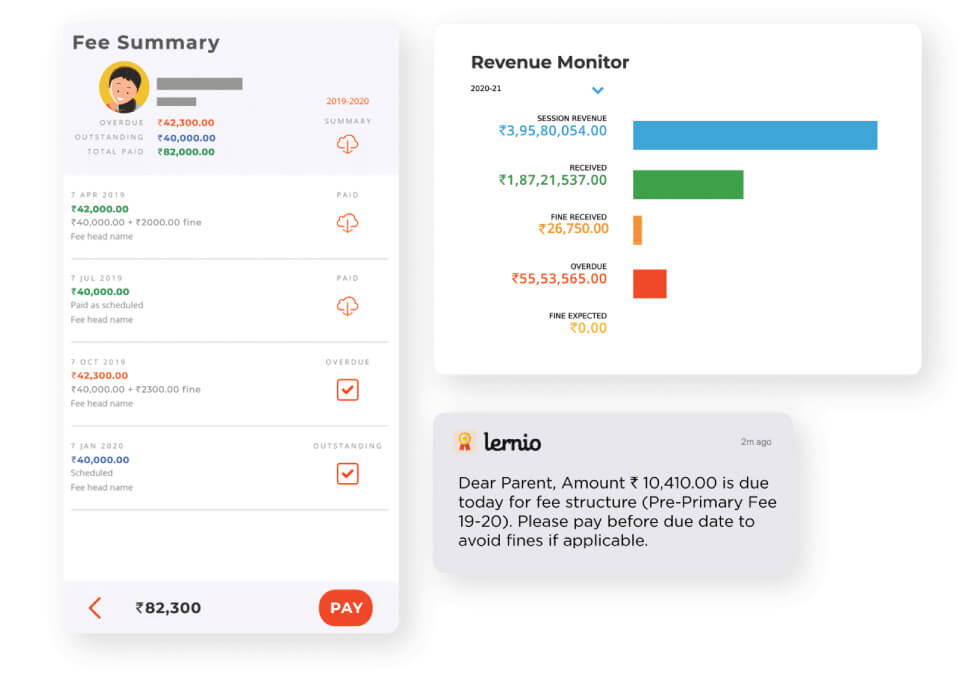5. Always ask for a free trial
Always ask for a trial, before you spend a single Rupee. All good app companies are happy to give free-trials of 1 to 3 months. It easily takes 1 to 3 months to understand an app, establish it and have the best possible use. The trial may be school-wide, or just 1 or 2 class levels.
6. Who are the designers of the app
This is an important question to ask, because you should know if the app is being developed and designed by a software company or if there is an educationist, with the relevant experience, at the helm. Nothing could be better than a school leader, who is currently actively working with a school, to be part of the app design team. Nobody can understand the problems of a school better than a school leader.
A second question to investigate is, how is the design team actively seeking feedback on their app, and how quickly are they responding to the feedback.
7. Fee collection apps

Often fee collection is understood to be just bank transactions facilitated by a payment gateway offered by the bank. But school leaders know that the real work is not the transaction per se, but the conciliation of all fee received, the status of outstanding fee, and most importantly, quickly generating a pending fee list. Often the school accounts team spends painstaking hours to generate a pending-fee list, but by the time it is generated, it is already obsolete.
School leaders must investigate the capabilities of fee management software. How easy is it for the parent to make the fee payment? How easy is it for school leaders to track fee payments? How easy is it to generate various reports? How easy is it to generate a pending fee list? Does the app send automated reminders to parents for fee payment?
8. Some basic technology elements to check
School leaders may not understand the internal workings of an app, but can surely check a few technical aspects. For starters is it a cloud-based app? Gone are the days when a school needed to set up its own server.
The second question to investigate is if the app is mobile-first or web-first; that is, was the app created for smartphone usage from the group-up and is optimized for the same, since most of your users will be smartphone users. Or was the app originally created for the web (laptop, desktop) usage and later extended for mobile use, which may or may not be optimized for the best smartphone app experience.
The third thing to check is whether the app is made for both iOS and Android smartphones.
Conclusion
Every school has its own set of needs and problems to solve and thus must select the best app suited to them. Rest assured there is a perfectly suited app out there for each school. School leaders just need to make the efforts and a few trials to find and settle with the app best suited for them.
Best wishes on your app journey!